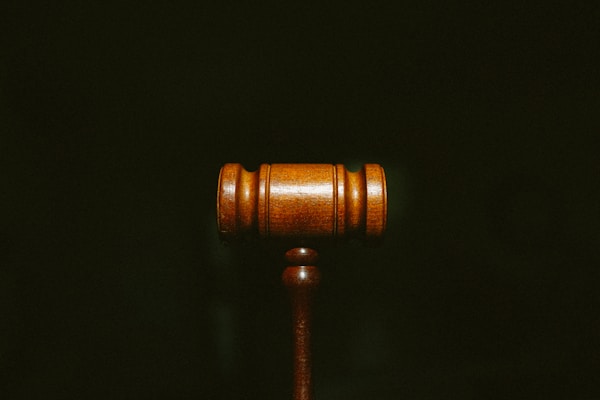Liability is a legal term that refers to the responsibility of an individual or organization for damages or injuries caused to another party. In a business setting, liability can refer to several different things, such as property damage, personal injury, or copyright infringement. It’s important for businesses and individuals to protect themselves from liability issues.
When organizing an event or activity, it is important to protect yourself from potential legal issues by having participants sign a release of liability form. But what should be included in this liability waiver form? Keep reading to find out.
What is a waiver of liability?

A waiver of liability is a document that waives one’s right to sue for injuries or damages sustained. In order for a waiver of liability to be valid, it must meet certain criteria. The waiver must be clear and concise, stating that the individual understands and agrees to waive their rights. The waiver must also be signed by the individual, indicating that they voluntarily agree to release the responsible party from any legal action. Finally, waivers should be specific to the activity or event in which they are being used. For example, a waiver for skydiving would not be applicable for a trip to the zoo.
What should be included in a release of liability waiver?

When creating any waiver form, there are a few key items that need to be included in order for the waiver to be legally binding.
First and foremost, the waiver should identify the parties involved in the agreement. This includes the individual or company who is waiving their rights and the individual or company who is receiving the waiver.
Secondly, the waiver should list the specific risks that are being waived. This could include anything from injuries sustained at a specific location or during a specific activity, to any and all risks associated with the activity or location.
Third, the waiver should include a statement that the individual signing the form is doing so of their own free will. They should also be advised that they are giving up their legal rights by signing the waiver.
Waivers should also include a clause releasing the party from any future claims, even if those claims are not related to the incident in question. Finally, the waiver should have clear areas for signatures and dates to be provided by all parties involved.
What are the benefits of using a release of liability form?

When a business or individual uses a release of liability waiver, they are protecting themselves from any legal action that may be taken by the person signing the form. By doing so, they are essentially saying that the person signing the form agrees to release the business or individual from any and all legal responsibility for any injuries or damages that may occur as a result of their actions.
There are many benefits to using a release of liability waiver. A release of liability can protect you from legal action, prevent frivolous lawsuits, and avoid costly litigation. Furthermore, these release forms set forth specific terms and conditions for participants, ensuring all parties are fully aware of any associated risks. As a result, they not only protect you but also help ensure the person signing the waiver understands what they’re signing up for beforehand.
Protect your organization with a release of liability waiver.
Overall, it is important to include a release of liability form as part of any event or activity where there is a risk of injury. This form helps to protect both the event organizers and participants from any potential legal action in the event of an accident or injury.













